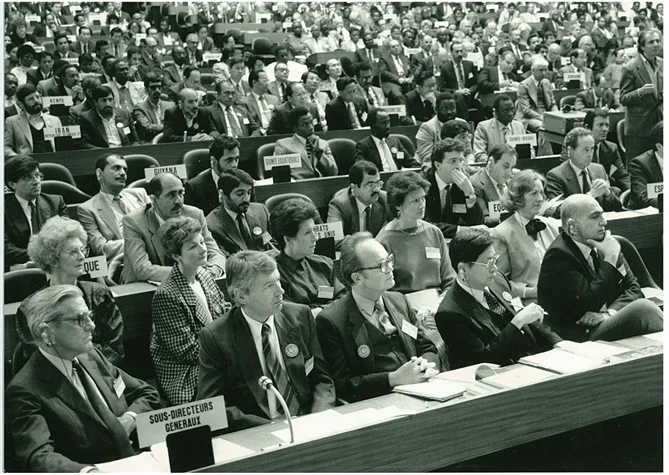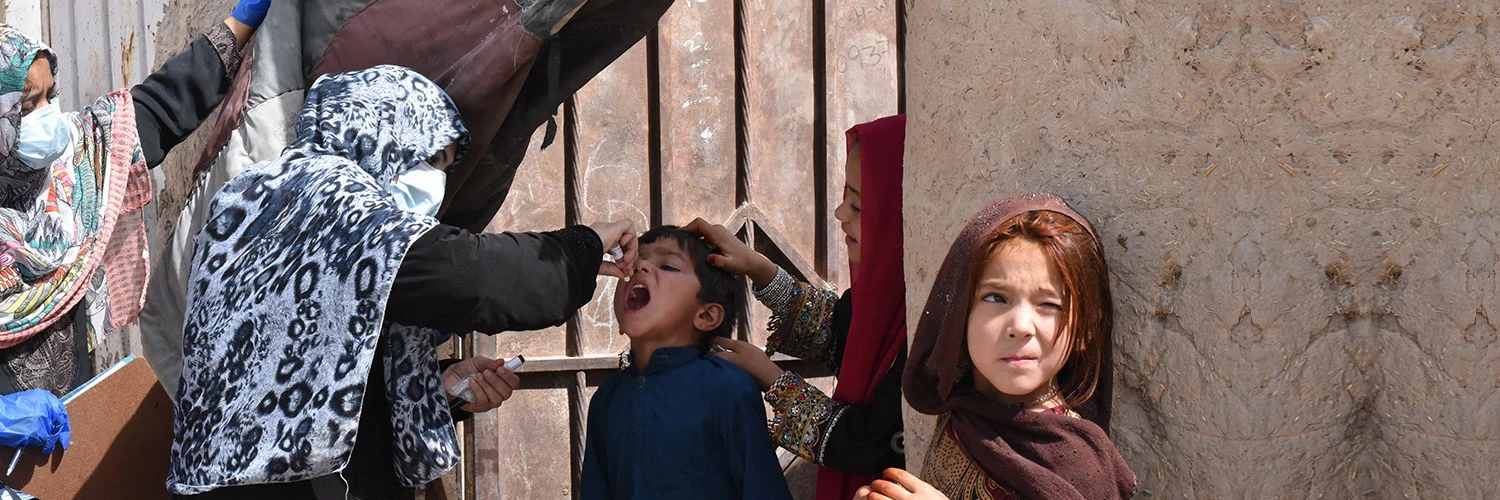In the early 20th century, polio was one of the most feared diseases in industrialized countries, paralyzing hundreds of thousands of children every year. Soon after the introduction of effective vaccines in the 1950s and 1960s, however, polio was brought under control and practically eliminated as a public health emergency in these countries.
It took somewhat longer for polio to be recognized as a major problem in developing countries. Lameness surveys during the 1970s revealed that the disease was also prevalent in developing countries. As a result, during the 1970s, routine immunization was introduced worldwide as part of national immunization programmes, helping to control the disease in many developing countries.
In 1988, when the Global Polio Eradication Initiative began, polio paralyzed more than 1000 children worldwide every day. Since then, global incidence of polio has declined by 99%, and more than 2.5 billion children have been immunized against polio thanks to the cooperation of more than 200 countries and 20 million volunteers, backed by an international investment of more than US$ 11 billion.
There are now only 2 countries that have never stopped polio transmission: Pakistan, and Afghanistan.

There has also been success in eradicating certain strains of the WPV1 virus. For example, the last case of type 2 was reported in 1999 and its eradication was declared in September 2015. Meanwhile, the most recent case of type 3 dates to November 2012.
However, tackling the last 1% of polio cases has still proved to be difficult. Conflict, political instability, hard-to-reach populations, and poor infrastructure continue to pose challenges to eradicating the disease. Each country offers a unique set of challenges which require local solutions.
In 2013, the Global Polio Eradication Initiative launched its most comprehensive and ambitious plan for completely eradicating polio. It is an all-encompassing strategic plan that clearly outlines measures for eliminating polio in its last strongholds and for maintaining a polio-free world.

